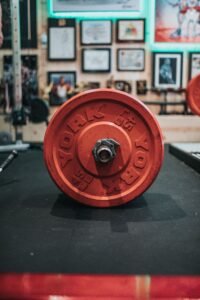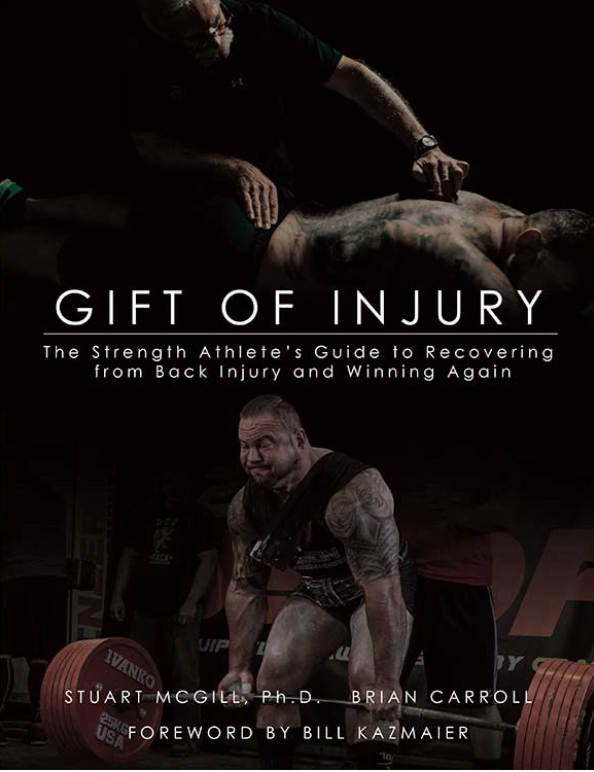We've all heard the rallying cry of "LIFT HEAVY STUFF!!!" for cyclists (& triathletes), but this mentality can lead to far more harm, than good.

Here’s how to properly ramp into your Strength Training this fall, to set you up for a winter of consistency and better movement, and thus, more PR’s where they matter: out on the bike.
Different Demands = Different Adaptations
As endurance athletes, we tend to spend tons of hours out in our sports of swim/bike/run, pushing our energy systems abilities to supply power for longer periods of time, or for more time at intensity. While the muscles and bones are along for the ride, and to help us do the actual work, the demands we place on out bodies in our sports, do little to nothing to prepare the tissues to handle the rigors of resistance training… and especially so when it comes to heavy stuff.
This, in fact, is one of the many reasons why strength training, and doing it year-round, is so important for endurance athletes.
The different demands placed on the body by resistance training, when combined with adequate and proper recovery, can help to ward off many of the small “niggley” injuries that are so common with high mileage/ high ride volumes.
Building Tissues Takes TIME
It would be absolutely amazing if we could just change our training regimen to hop off the bike and right into heavy weights, but that’s not how the human body is built.
The way the body is designed, is to adapt to ONE primary training stimulus at a time, and the restructure the body to be in better alignment with the demands we are constantly placing on it.
In the case of cycling and triathlon, this means we are pushing the body to its limits of providing energy to drive us down the road, to go further, faster.
Yes, this also applies to those of us, myself included, who are not active “racers” or “performance oriented”. The body doesn’t care whether you’re trying to win a race, or simply hang on to the back or front of the weekly Wednesday night group ride.
It simply understands that you need energy for this thing, and everything should be geared towards making that possible.

The fact the body can only be really good at ONE thing at a time is really important when it comes to strength training- especially for those who have been only been “doing core” or “maintenance” all summer long…
As Dr. Stuart McGill and World record holder Brian Carroll talk about in their co-authored book “Gift of Injury” the recovery and adaptations of tissues MUST be respected in the process of building strength- and especially so when recovering from injury.
Failure to give the tissues the time, and resources, to recover and adapt appropriately will significantly increase the risk of an injury of some kind, in the future.
Unfortunately, for many well-meaning cyclists and triathletes, this may mean a lower back injury due to deadlifting or squatting heavy, well before the tissues are ready.
The Best Way to Begin Your Strength Training
Taking the summer season off from strength training, aside from some “core” or “maintenance” means that your bones, ligaments, tendons, and muscles, have all lost their ability to deal with resistance training. Not to mention that your movements and posture have probably changed to help you ride your bike in a more “aero” position.
For most cyclists and triathletes who follow this “in-season maintenance/ core only” approach, they best way to start your fall strength training, is by taking 2-4 weeks to “unwind” the body from the stressors of the season, while priming the body for the weights to come.
This phase is often called “Anatomical Adaptation”, because we are helping to prepare the body for what we want it do soon do. In this phase you’ll:
- Begin to include breath work within your routine
- Move through a progressive workout that includes dynamic stretches
- Start re-learning how to properly squat, hinge (deadlift), press, and pull
- Remind the body how to create proximal stiffness (everything between your neck, elbows, and knees), to get movement from your limbs
- Improve your posture through consistently getting 2-3 days a week of these gentle, but powerful workouts
An example of one of these types of exercises, is the Ankle CAR exercise.
This exercise may look simple, and even a bit silly, however it is incredibly powerful in helping you to understand where and how you are getting movement from you lower leg.
There have been many times where an accomplished cyclist or triathlete laughs when they’re shown this exercise, only to find that they are barely getting any movement from their ankle at all… it’s all coming from up at the knee, or even the hip!
A fantastic way to begin to learn the “proximal stiffness for distal motion” principal, the seated ankle CAR can be a fun exercise to include in your fist 2-4 weeks program, as you get the body ready for resistance training.
Conclusion
Taking the time to prepare your body for the rigors of strength training, after a long season out on the road or trails, can pay off in a much healthier, and more resilient body.
Who wouldn’t want that?
Taking the 2-4 weeks to go through a progressive Anatomical Adaptation program allows you to unwind your body from the hard rides and runs you’ve put it through the last few months, as well as help you to learn what is and is not working as well as it needs to. This is incredibly powerful, as you’ll begin your strength training program refreshed, rejuvenated, and armed with a much better idea of what your body can and cannot do, which gives you a huge leg up on the competition next summer.






